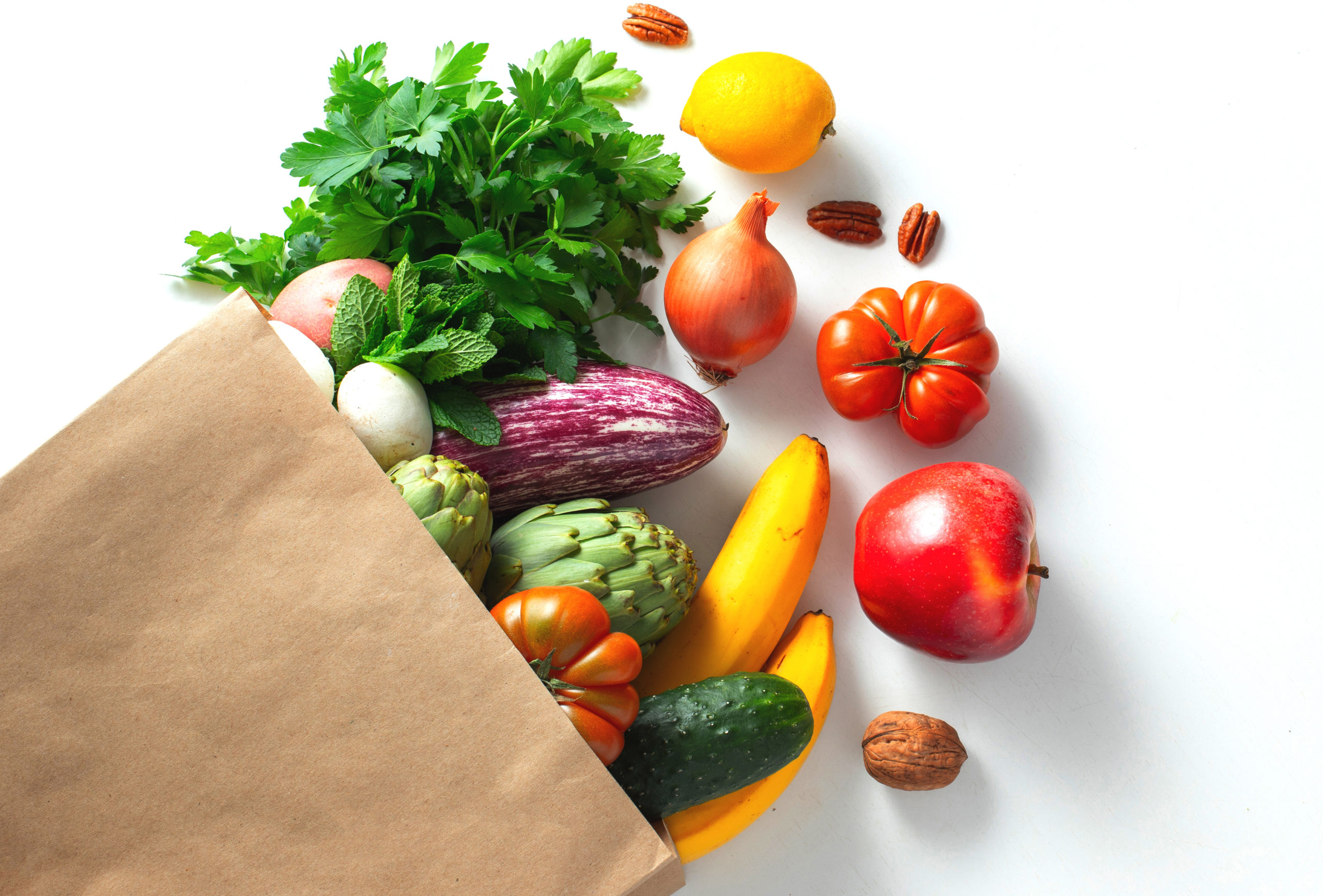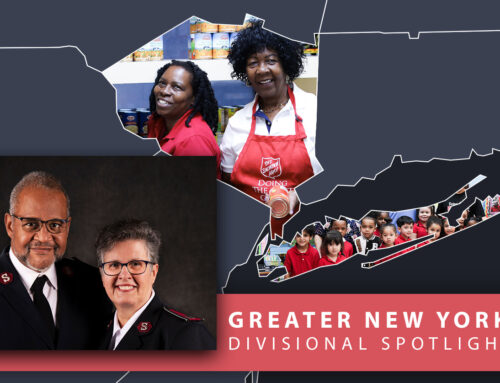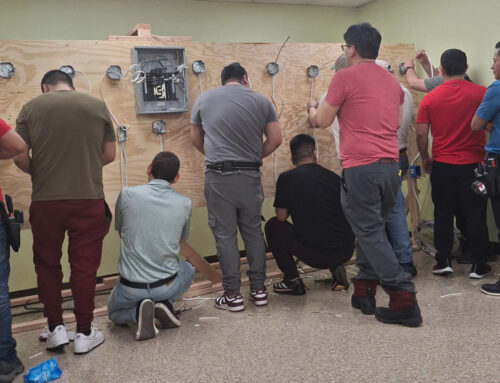
iStock
‘Eat God’s Food’
by Warren L. Maye
When a healthcare professional who is also a mother fell seriously ill, the road to recovery changed her outlook on life and set her on a mission to educate parents and their children on the virtues of eating healthier foods.
Imagine: you’re walking along the warm sands of a crowded beach on a sunny, summer day. As far as you can see are people lounging in their bathing suits; all slim, trim, and fit.
Today, that scenario sounds like a dream, but during the 1950s, it was the norm for most Americans. In those days, backyard gardening was also a national pastime; it was commonplace to see neighbors out there on their hands and knees, getting soil under their fingernails while planting fruit and vegetables for their family.
However, with the advent of “fast” and processed foods also came a new phenomenon called obesity—the condition of being grossly overweight but seriously malnourished at the same time. As of 2020, the U.S. adult obesity rate stood at 42.4 percent. It was the first time the national rate had passed the 40 percent mark and further evidence of the country’s obesity crisis. The national adult obesity rate has increased by 26 percent since 2008. Today, experts are officially calling it a disease.
Research also shows that nearly 1 in 4 children are overweight or have obesity, which puts them at risk for poor health. It can lead to type 2 diabetes, asthma, anxiety, and depression. If it continues into adulthood, it can lead to other serious and chronic diseases.
Recovery and discovery
Susan U. Neal, RN, MBA, MHS, wants to eradicate this epidemic by educating children and their parents on how to develop wholesome eating habits through her book, Eat God’s Food: A Kid’s Guide to Healthy Eating. Throughout this illustrated guide, Neal teaches children to drink water, and read food labels. She also gives instruction on how to avoid sugary beverages, products made with white flour, and other prepackaged foods.
Ten years ago, Neal suffered an abscessed tooth that caused 10 medical diagnosis and two surgeries. “For 49 years I had been healthy. But then one day, I could barely get out of bed,” she remembers. “I had multiple medical doctors, I’m an RN, and I have a master’s in health science. So, I also used my knowledge and education to look at what could be going on. It took over a year to heal my body.”
From that ordeal, God gave Neal a vision to help others. “The things that happened made me passionate about trying to help people heal their bodies. So, I’m on a mission to help them improve their health and reach their optimal weight.”
Neal, who worked at the Mayo Clinic as an executive in Jacksonville, Fla., had also been a stay–at–home mom to her three children. After her recovery, she started a new routine that included eating organic vegetables and fruits that she grew in her own backyard in Pensacola, Fla. “I now have a fruit orchard because the fruit orchard is easier to grow,” she said.
“From May through the first frost, usually in December, I have fruit every month. I go outside, pick them, and eat them for breakfast. These fruits are from God, and they contain natural sugars and fibers. When I eat them, the fiber absorbs that sugar, so it does not raise my blood sugar level.” Neal advises everyone to follow her example. “So, eat some strawberries, raspberries, and green apples. Those are all low–sugar fruits; they’re our ‘desserts.’”
Setting a good example
Neal believes that setting an example for our children is key. “Do kids model adult behavior? Are we eating nutritious food? Do they see us walk around the block and get a little bit of exercise? Do they see us hike on the weekend? Do they see us go to the gym? If we are taking care of our bodies, our children will model it naturally,” she says.
“For example, when I packed my kids’ lunches, I would always pack a fruit and a vegetable. When they asked for the gummy fruit roll up, which was popular a decade ago, I’d say, ‘Honey, I’m not going to give you the roll up, because it’s fake. I’m going to give you real slices of apple.”
“Today, food can last on grocery store shelves for months without going bad because there’s nothing nutritious in it. Food manufacturers strip most foods of their nutrients. So, I tell people to eat God’s foods. I say, ‘look at your plate. Does it resemble what comes out of a garden or from a ranch? If you have a steak, that’s fine. If you have a baked potato, that’s fine. But if you have something like chicken but has been shredded and formed into oval, then that is processed food and is not healthy. Or if you have a cracker that’s been colored and shaped into a square, you can be sure that there’s no nutrients in that.”
Eat God’s Food has sections on vegetables, fruits, nuts, seeds, grains, and meat. Each section ends with a “Let’s Cook!” activity that may also include drawing the food items. “I had one grandmother who took her children to the grocery store so they could identify the different vegetables God gave us,” remembers Neal.
“I ask, ‘how many vegetables have you to eat?’ ‘What vegetable do you want to eat next?’ I also have a little recipe for them to prepare with their parents. I use a game that requires the kids to match a picture of a nut or a seed.”
A family that eats together …
Neal says the learning process is a tool to achieve a bigger strategy, which is to help children to bond with their parents. “They go on field trips to the grocery store. They learn how to shop intelligently.”
Neal says that, to get the child to buy into the process, parents must involve them. “You ask, ‘What vegetable would you like to pick out to have for dinner this week?’ After they pick it out, then have them help cook it. Yes, because if they picked it out and they’re cooking it, they’re going to want everybody to eat it.”
Read more from the latest issue of SAconnects.




